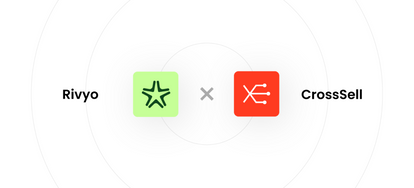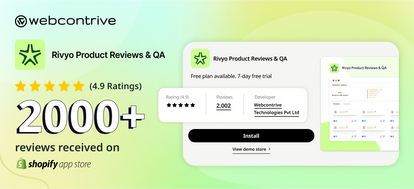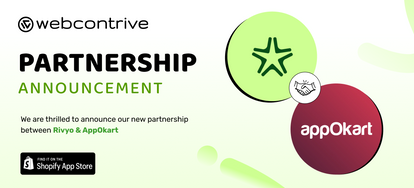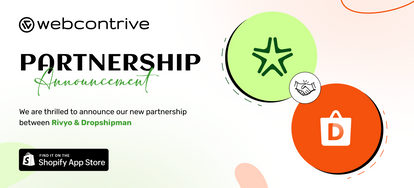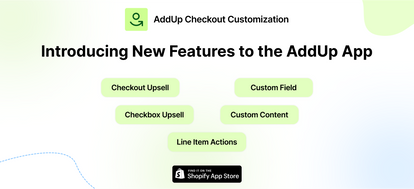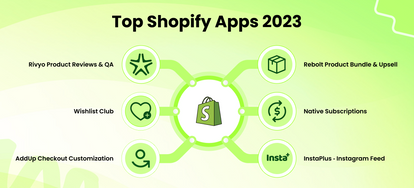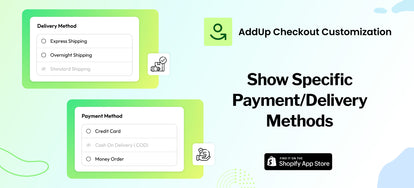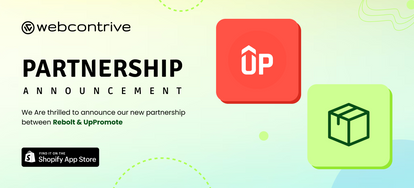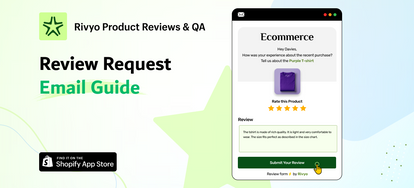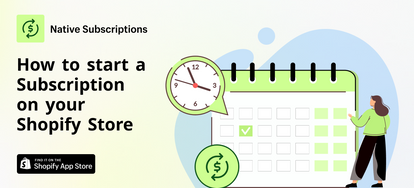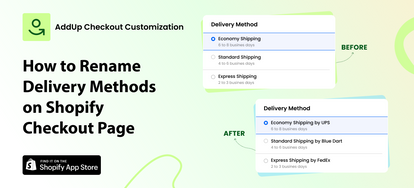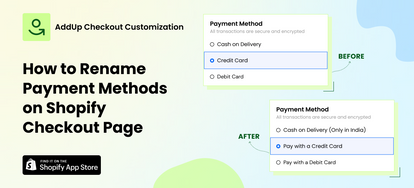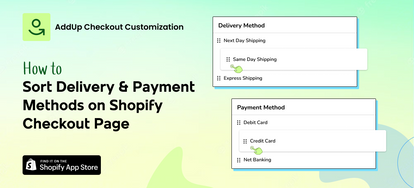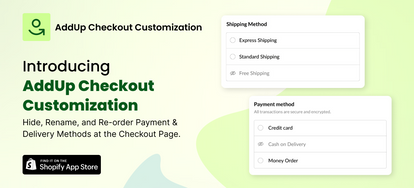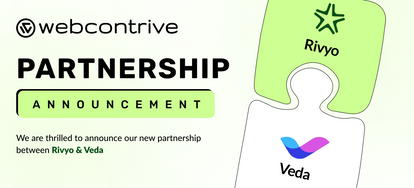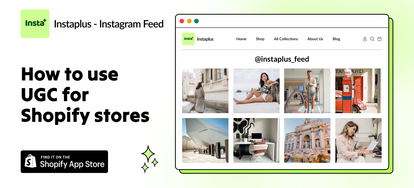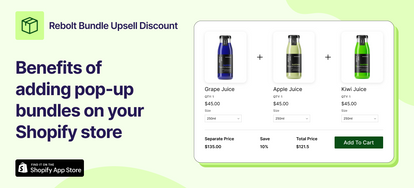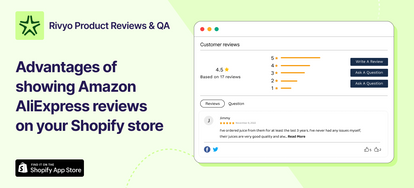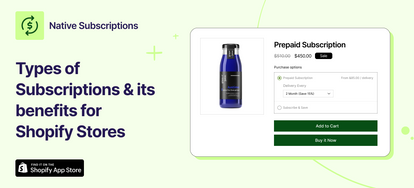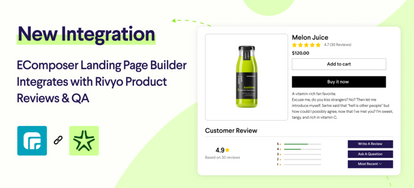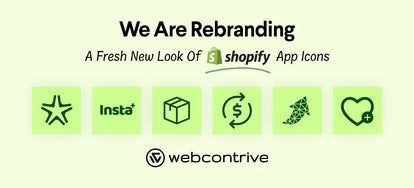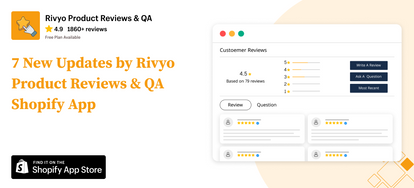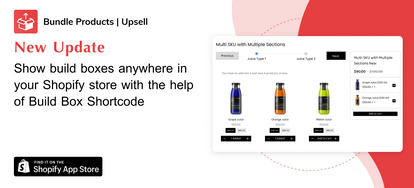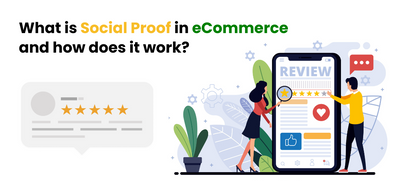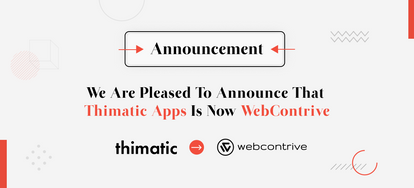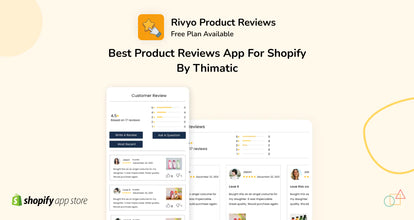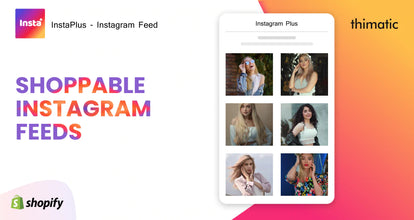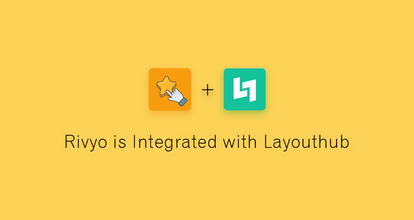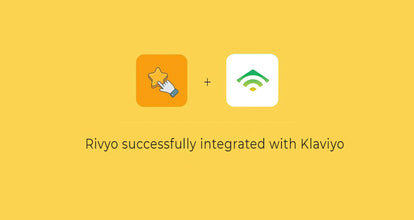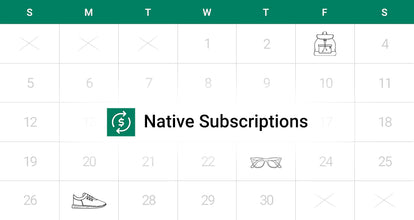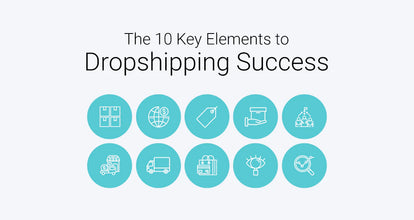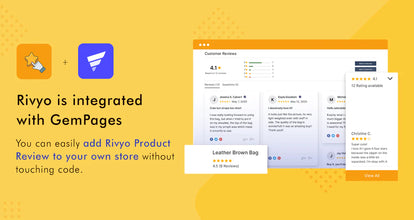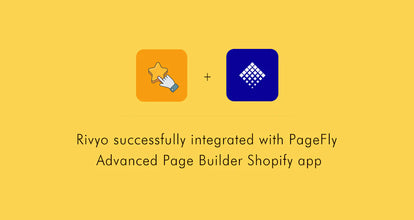Google fonts : easy to use with new UX for websites

Google launched Google Fonts in 2010 to provide web fonts free of charge. Over the next six years it grew considerably, becoming very popular with web designers—for the obvious reason of affordability. The original website was definitely what the startup world would call an MVP: minimal viable product. It got the job done, but it wasn’t pretty, and it wasn’t especially easy to use. As an increasingly design-oriented company, Google evidently saw that a major UI/UX redesign was in order.

In June they released a brand new version of the website, and it is glorious. Here we’re going to take a quick tour that will tell you what you need to know to use this service intelligently, whether you are a newcomer or a Google Fonts veteran. First we need to breeze through some basic questions.
What is a web font, anyway?
Rewind to the dawn of the modern Internet: 1996. At this point, if you’re a web designer, the only typefaces you can reasonably select are the ones that you can be sure every personal computer owner already has installed on his or her machine. If a visitor does not have the typeface you have used on your website, they have to download it on the spot, which in the days of dial up, is a no go.
In ’96, Microsoft decided to do the Internet a solid by distributing a selection of fonts for free, including Arial, Times New Roman and Verdana, in order to increase the stock of viable typefaces for web designers to use. The web starts looking nicer, but you’re still mostly see the same typefaces over and over. If you come across something more unique, it’s probably an image file.
Fast forward to 2009. A CSS program called @font-face arrives, making it viable for the first time for website visitors to download font-files on the spot without too terrible of a download time. Fonts that are made to interact with this software are called web fonts.
Are Google Fonts really free? What’s the catch?
Following the @font-face revolution, a couple of services popped up offering a good selection of web fonts for a monthly fee, which they shared with the professional font foundries who supplied the typefaces. The biggest of these services is Adobe Typekit.
Enter Google. Not to be outdone, the Internet giant decided to create a comparable service for free. Yes, free free: all of the typefaces listed in the Google Fonts directory are open source, meaning that you can not only use them for any web page, commercial or non-commercial, but, unlike with Typekit, you can also download them onto your computer and even tweak them yourself! Best of all, Google’s massive server power means that download speeds are lightning fast, ensuring that your web visitors have a good experience.
So what’s in it for Google? Obviously they aren’t doing this just from the good of their hearts.

There are a few convincing theories. One of them is that they want to discourage web designers from using image files instead of font files, because images cannot be indexed by Google’s search algorithms. Another is that, once a user downloads a web font once, they have it forever—so every site they visit with that font from then on will load at optimum speed. Google uses Google Fonts for its own platform, so it is in their interest to have visitors’ computers primed to use their products at lightning speed. In general, Google, being a web-based company, stands to benefit from a faster and more attractive Internet.
So why would people opt for expensive Typekit over free Google Fonts at this point?
Six years into its existence, Google Fonts is able to boast plenty of quality typefaces. But because it is free and the type designers aren’t seeing any royalties, it is never going to be able to pull the kind of quantity and quality that Typekit does. Typekit has way more fonts, and all of them demonstrate the highest degree of craftsmanship. On Google you may occasionally run into issues, like awkward kerning, bad rendering at very large or small typefaces, or just aesthetically questionable student work. On the whole though, it is a very good option at an unbeatable price.
